Using Binoculars to Explore the Creation
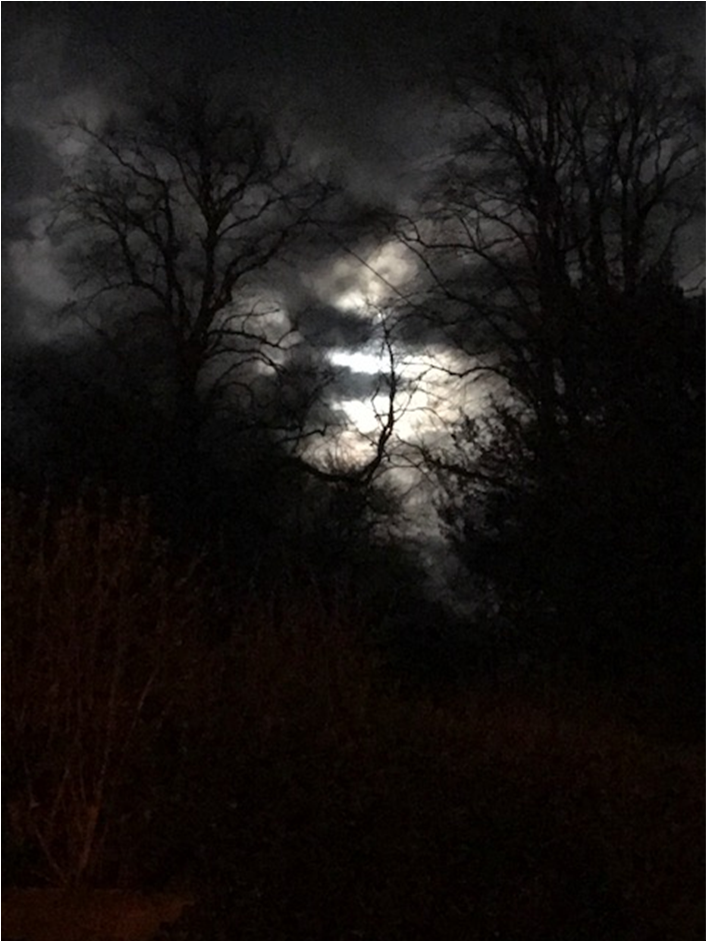
Our planet is ripe for exploration. Protected by a just-right atmosphere of mainly nitrogen and oxygen, the earth is chock full of living things and amazing geological features that bring joy to the human heart. Our atmosphere is neither too dense nor too rarefied, allowing us to peer deeply into the cosmos, where we can catch a glimpse of eternity as King Solomon of old proclaimed in Ecclesiastes. If the atmosphere were only slightly thinner, we’d freeze to death. But if it were too dense, we’d struggle to see beyond a few meters.
Binoculars are life-enhancing instruments. They are uniquely capable of bringing the creation into sharp focus and unveiling amazing details about the world we live in and the grander universe above our heads. To the Christian mind, nature powerfully attests to God’s general revelation to humankind. We can know something of the Creator by exploring the sheer majesty and complexity of the world around us. I began to explore the “binocular world” during the Covid lockdowns, when many of our freedoms were taken away from us. My natural reaction was to make the very most of the many walks our family took, and that soon led me to explore the world around me using binoculars. Those experiences gave me a new lease on life and ignited a latent passion to use binoculars in new and unexpected ways to explore my rural environment.
The Miracle of Birds
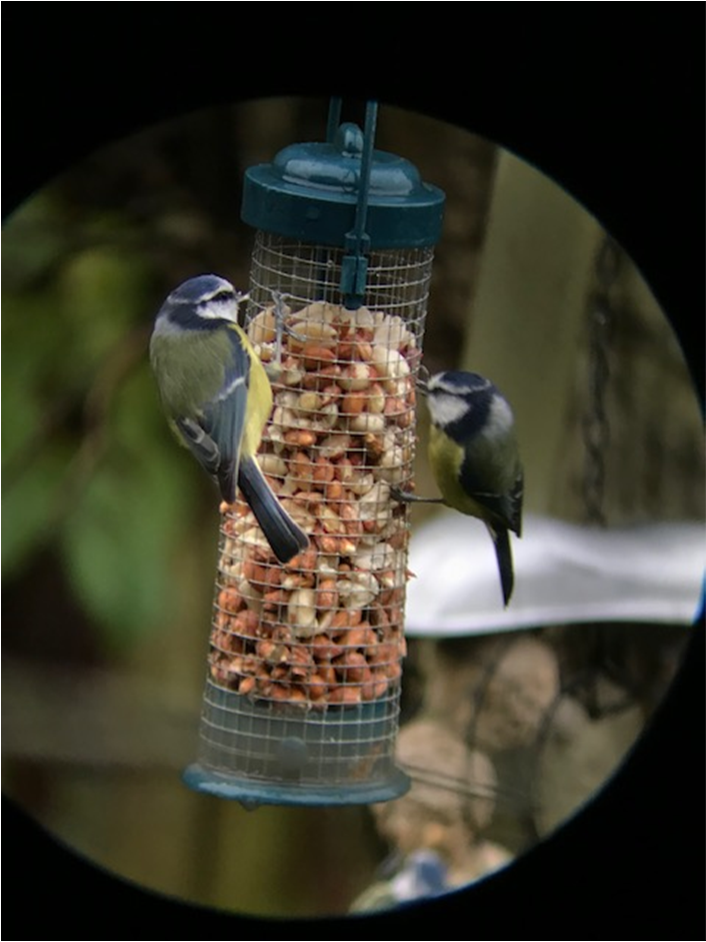
Binoculars are the ideal tool for studying the fascinating lives of birds. Like all of the major animal classes, birds appear abruptly in the fossil record with no credible antecedents, only one of the many biological big bangs of the living realm. I became fascinated by their extraordinary aerial dexterity—from soaring eagles gliding effortlessly on summer thermals to the amazing high-speed aeronautical maneuvres of swallows swooping down over ponds and lakes to feast on the teeming swarms of insects hovering over the waters.
Binoculars enable you to see, up-close-and-personal, many small birds and their variegated plumage, such as the endlessly fascinating goldfinches, nuthatches, chaffinches and robins, to name but a few species. During my walks, I often get the opportunity to stop and chat with people who are naturally curious about what I’m looking at. I use the opportunity to open up conversations about evolution, intelligent design, and, ultimately, the creation itself. When they see what I see, I point out that those aerial displays are far more advanced than any human-designed machines. Although we’re fed a staple diet of materialism with TV naturalists who pretend they understand where such complex creatures came from, could the blind forces of nature really conjure such awe-inspiring creatures that defy gravity?
The same is true when I use my binocular to focus in on the flying insects that hover with great dexterity from flower to flower in an open field. Many small binoculars can now focus on objects as close as six feet away, allowing them to act as long-range microscopes. Did you know that aeronautical engineers study these insects to create ever more advanced drones that, as yet, only poorly mimic what God has already created?
The March of the Seasons
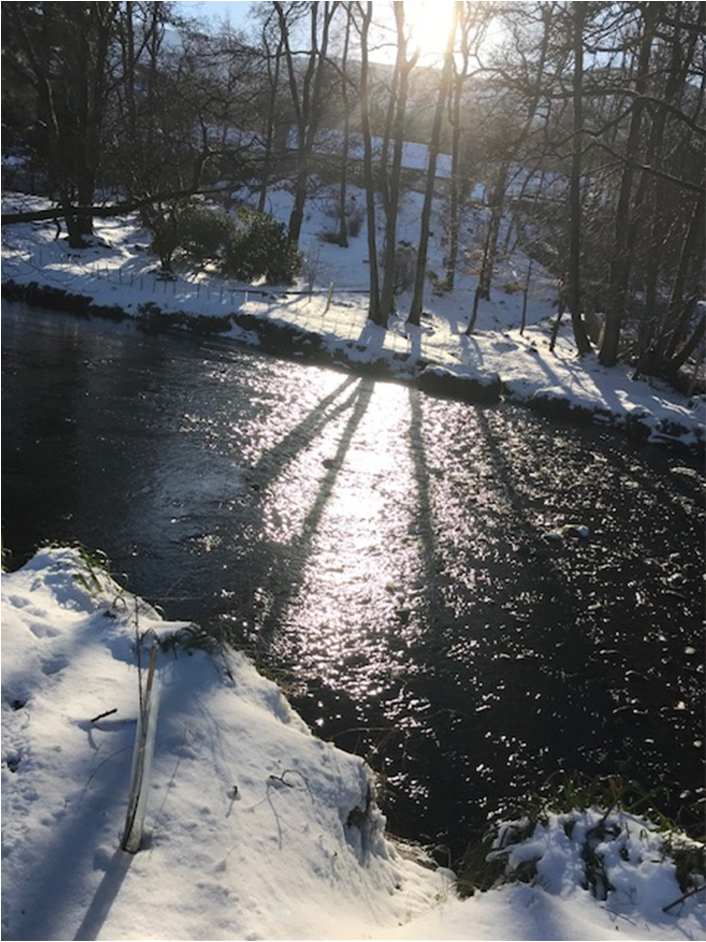
Binoculars are fantastic tools for monitoring the march of the seasons. During winter, the painfully short hours of daylight bring me out early to make the most of the light. Binoculars are great tools for scanning the snow-capped hills around my home in brilliant winter sunshine, but even in these frigid conditions there are plenty of signs of life. On the coldest days I watch my birdfeeders intently from my back window, monitoring the many species of birds that drop by for a bite to eat. Sometimes I get a visit from Red and Grey Squirrels and even the odd Pine Martin!
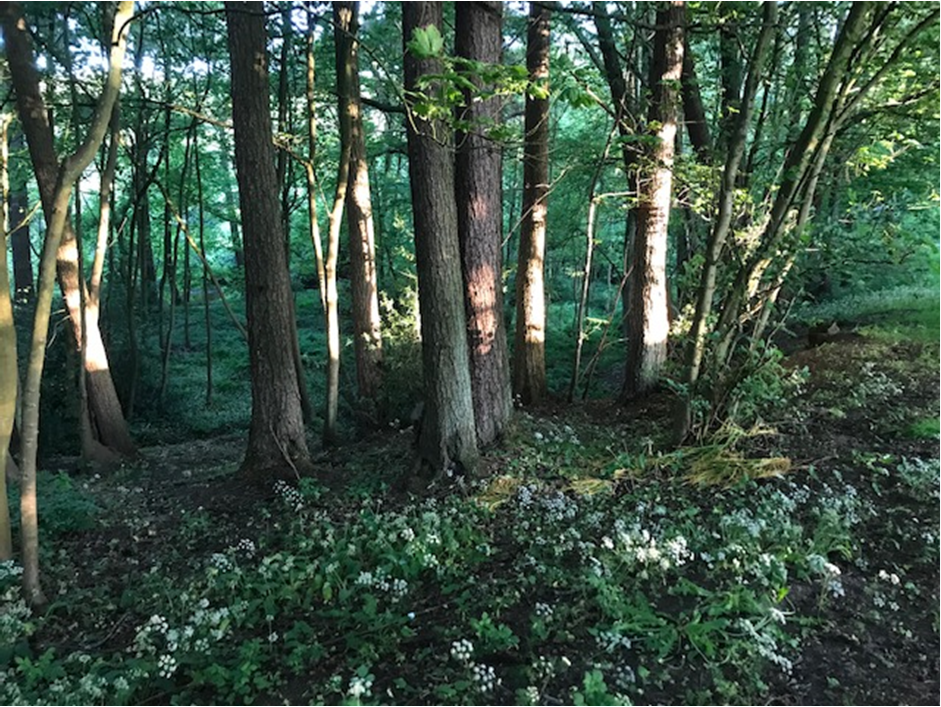
One of my favorite activities on spring evenings is to take a saunter with a good quality glass and observe the beautiful gloaming light as it falls on freshly sprouted leaves shortly before sunset. The forest walks are adorned with bright yellow daffodils that delight the eye with a blaze of color. Our God has an eye for beauty, and he’s created humans to share that same beauty. This early in the season, the leaves on the deciduous trees emerge with an intense lime green hue which can mesmerize the eyes. Soon they’ll be wide open and harvesting sunlight for the trees. I also love looking at the amazing details coming through on tree trunks, the moss and lichens glimmering after a brief shower of rain.
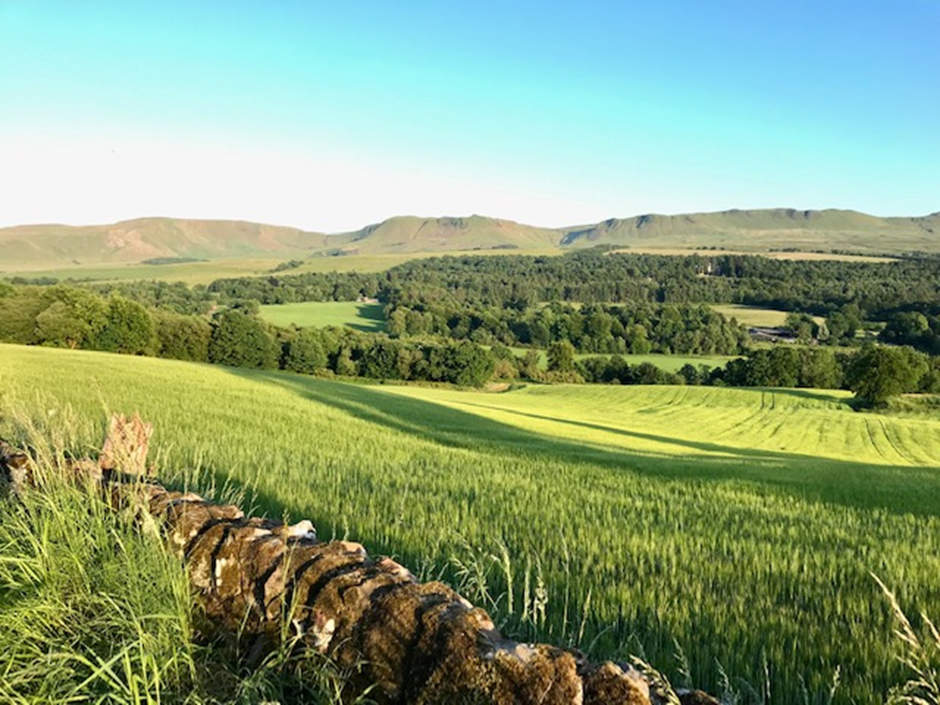
The summer brings many new visitors to the British Isles, including busy pied and grey wagtails, and a legion of swallows filling the air with their high-pitched screeches. The pied variety mainly inhabits the fields near my home, while the grey wagtails spend most of their time out on the river feeding on insects. Sand martins make their nests on the muddy riverbanks. To see them at their best, I select a spot on the opposite bank of the river where they’re nesting, and lying low, I bring the binocular to my eyes and drink up the views.
This stretch of river runs through an old football field with trees on either side. This is where I go and watch buzzards. They nest in the taller trees, and I often see them setting to flight when they see me walking along the well-trod path through the field. On a warm summer’s day, I would lie on my back and glass them as they glide on the summer thermals. More curious individuals will often come closer to investigate and that’s when I get the best views, when they can get within 20 meters above my head.
The Heavens Proclaim God’s Glory
My binoculars have renewed my interest in observing the full Moon, not in and of itself, but when it is surrounded by low lying and fast-moving rain clouds, as often happens here in the British Isles. I watch as these clouds enter the outer field, inching their way toward the bright satellite, all the while lighting up with beautiful colors caused by refraction of moonlight through raindrops. The colors often start off deep and moody, like dried-in blood when far from the Moon, but as they move ever closer, the colors they generate—gorgeous shades of pink, yellow and even rose tints—saturate the cones on my retina, upwelling feelings of great happiness.
Such natural shows of light and form rank among the loveliest and most surreal binocular images one is likely to capture. Sometimes, great gaping holes in the heavens open up around the clouds, allowing the light of the distant stars to be seen near the full Moon. The ingeniously designed human eye has exceptional dynamic range, allowing us to see very faint stars in the same field of view as a perfectly focused bright Moon, something our most advanced cameras struggle to achieve!
Dawn and dusk are good times to see some spectacular sights, such as the bright planet Venus sinking low into the sky, often silhouetted by interesting terrestrial structures, such as a distant hill, an old barn house or silo, church, or windmill. By getting to know your horizons, you can capture sublime scenes with your binocular, bringing heaven and earth together, just like it will be in the New Creation.
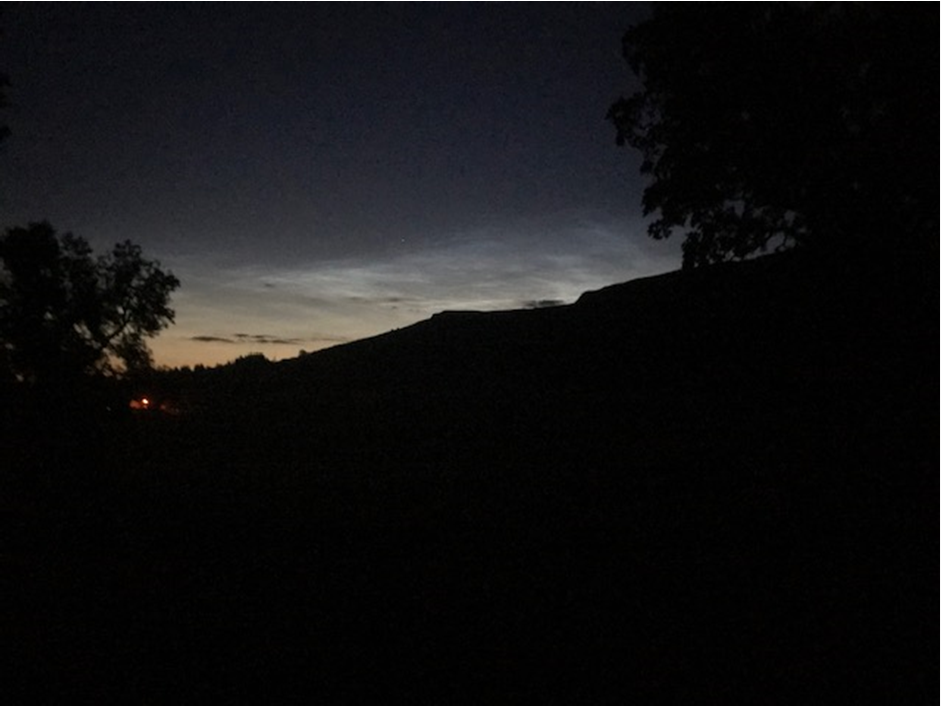
Cityscapes can also be used to enhance the binocular view. Framing bright star clusters like the Pleiades or a crescent Moon in the background to an old church spire, domed cathedral, or grand municipal building can make for a very fetching sight. Photographers imagine likewise, of course, but the impromptu binocular experience is an even greater liberal art!
With the arrival of autumn, a riot of leaf color—red, copper, and tan—creates magical binocular scenes, while the skies above get truly dark, encouraging me to turn my binoculars skyward once again in search of celestial booty. The Pleaides and Hyades are the first of the autumn star clusters to grace the eastern horizon. The Milky Way through Cygnus, Lyra, Perseus, and Cassiopeia are ripe for exploration, inviting me to pull out my zero-gravity chair and lie on my back with my binoculars to survey its vast reaches. The Perseid Meteor Shower in mid-August is always a joyful experience, where I break out my binocular to count shooting stars as they blaze from their radiant in Perseus. As the days get shorter, mighty Orion appears on the eastern horizon, heralding the onset of winter.
These are just a few of the activities I enjoy throughout the year, exploring the wild places near my home. But you too can find your wild or quiet places to contemplate the wonder of the natural world. In doing so you draw closer to God, and he to you!
-- Neil English’s new book exploring the wonderful world of binoculars is called Choosing & Using Binoculars; A Guide for Stargazers, Birders and Outdoor Enthusiasts
Neil Englishis that author of eight books on amateur and professional astronomy. His latest book is Choosing & Using Binoculars, a Guide for Stargazers, Birders and Outdoor Enthusiasts (Springer Publishing, 2023).
• Get SALVO blog posts in your inbox! Copyright © 2024 Salvo | www.salvomag.com https://salvomag.com/post/natures-shows-of-light-form



















